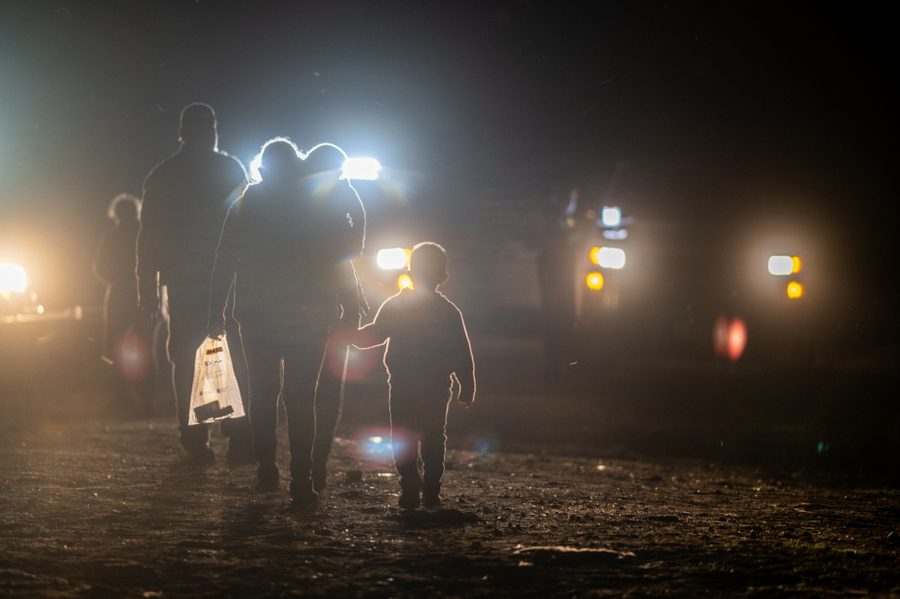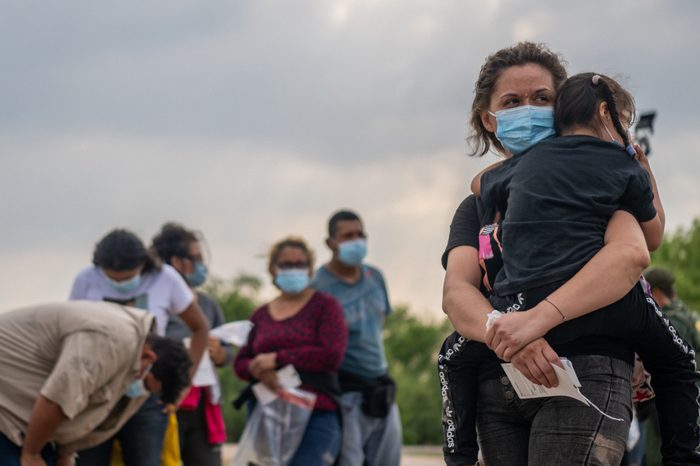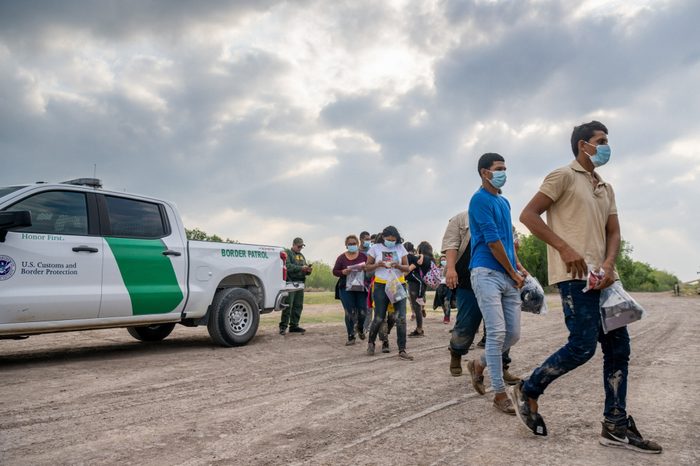Operation Lone Star Has Cost Nearly $4.5 Billion—Here’s What Else It Could Have Been Spent On
Priscilla Lugo

Gov. Greg Abbott’s misguided Operation Lone Star has cost about $4.5 billion since it began in March 2021. The money being misspent on Operation Lone Star could instead be going to more urgent needs for Texans — an updated power grid, infrastructure in rural communities, and it could even be invested in improving the lives of those in custody of the Texas Department of Criminal Justice (TDCJ).
Operation Lone Star was ostensibly created to deter migration through arresting, jailing and prosecuting migrants on illegal trespassing charges. But what it’s actually doing is wasting taxpayer dollars.
Migrants caught in Operation Lone Star are criminalized, whether they are seeking employment, family reunification or asylum, and turned over to Customs and Border Protection for deportation and expulsion.
In September 2022, I visited Eagle Pass, a small border town in South Texas, as part of a delegation to witness Operation Lone Star in action. Together, with fifty other activists from across the country, we saw the Texas Army National Guard sitting in Humvees facing the Rio Grande, armed with semi-automatic weapons. They waited for migrants to swim across the river. This is Operation Lone Star in action.
To help pay for this, the state used at least $975 million in crucial federal Covid-19 relief aid. These funds could have been used to aid border communities who have limited access to medical care and were some of the most affected by the pandemic.
The state has also taken $360 million in additional funds that had been allocated to the TDCJ, the agency that runs corrections for the state, to use for Operation Lone Star. The priority of funds allocated to TDCJ should be to alleviate the awful conditions for people in Texas prisons, exacerbated by understaffing, limited programming and the lack of fire prevention equipment that could have saved four lives in fires that broke out in or outside of cells in 2021 and 2022. The more programming available — especially drug and alcohol abuse, parenting and other reentry and reintegration courses necessary for people to be eligible for parole — the more Texans can be reunited with their families and communities.

Funds have also been reallocated from the TDCJ and Texas Juvenile Justice Department (TJJD) — at least $31.2 million has been reallocated from the TJJD — to Operation Lone Star since COVID-19 began, and recent reports detail how understaffing at the TJJD led to children being forced to urinate and defecate in water bottles, food trays and plastic bags. Nearly half of the children incarcerated in 2022 have been on suicide watch.
The money diverted from these Texas agencies has gone to help build the infrastructure necessary to prosecute migrants. Operation Lone Star money is used to fund the Texas Army National Guard, pay local county sheriff’s offices for overtime and purchase technology that contributes to the persecution of migrants. The funds are also used to increase capacity at prosecutors’ offices, court houses and local jails.
At about $4.5 billion spent so far, it’s clear that the state is prioritizing an unnecessarily militarized border over so many crucial needs for Texans. Some $210 million will also be diverted over two years from the state’s Health and Human Services Commission to fund Operation Lone Star.
Many who have been captured and lived through Operation Lone Star are still dealing with the consequences of their incarceration. Some describe having PTSD symptoms — the inability to sleep, depression and anxiety even after they have posted bail and are released into the care of loved ones in the United States. They often came to the United States seeking safety from persecution in their home countries only to be policed, prosecuted and abused by the Texas criminal justice system.

Border residents have also faced the repercussions of Operation Lone Star. Long-time border residents are being racially profiled and pulled over under the premise of smuggling or being unauthorized migrants. In the past two years, the number of citations in Kinney County have more than quadrupled, from 1,400 to more than 6,800. This is more than in any other county in Texas, making it the county ground zero for Operation Lone Star’s intended or unintended consequences. In addition, Latino counties near the border saw an increase from 438 troopers working in 2019 – 2020 to 845 in 2021.
Operation Lone Star is cruel and wasteful. Its policies do not deter migration or help our communities. What Operation Lone Star does is punish those who are victims of violence and poverty in their countries and once again makes them suffer through harmful and dangerous situations when they are seeking safety and refuge.
It’s time for the federal government to cut ties with this inhumane project and for Abbott to stop siphoning money from Texas agencies to criminalize and endanger our border communities.
[This post has been updated for accuracy on Thursday, March 16]
Priscilla Lugo is the Texas Justice Advocate Coordinator for the civil and human rights organization, LatinoJustice PRLDEF and an End OLS coalition member. Follow @latinojustice.






